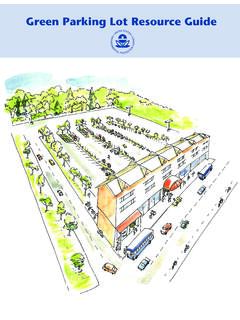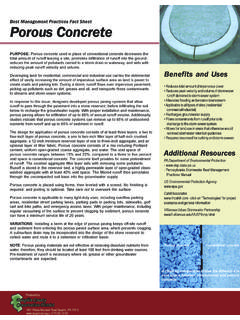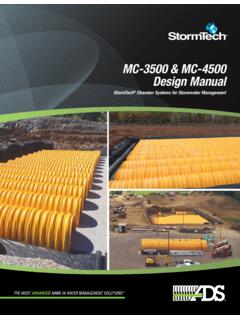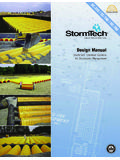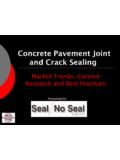Transcription of CONCRETE BLOCK PAVING - Main - Pavecon
1 CONCRETE . BLOCK PAVING . Book 1 Introduction A walk-over in cost, looks and durability for CONCRETE BLOCK PAVING CONCRETE BLOCK PAVING Book 1: Introduction Published by the CONCRETE Manufacturers Association BLOCK D. Lone Creek Waterfall Office Park Bekker Road Midrand South Africa Box 168 Halfway House 1685. Telephone: +27 11 805 6742. Fax +27 86 524 9216. e-mail: website: CONTENTS. SECTION 1 INTRODUCTION AND HISTORY. SECTION 2 APPLICATIONS OF CONCRETE BLOCK PAVING . Roads Commercial Projects Industrial Areas Domestic PAVING Specialised Applications SECTION 3 LABOUR-BASED CONSTRUCTION.
2 SECTION 4 PATTERNS IN CONCRETE BLOCK PAVING . SECTION 5 COMPARISON OF CONCRETE BLOCK PAVING WITH. OTHER TYPES OF PAVEMENT. SECTION 6 FUTURE OF CONCRETE BLOCK PAVING . 3. 1 INTRODUCTION. Segmented CONCRETE PAVING is a system of individual shaped blocks arranged to form a continuous hard- wearing surface overlay. Over the past two decades, PAVING composed of segmental blocks has become a feature of our towns and cities. It is to be found in commercial industrial and residential areas, in the PAVING malls, plazas, parking areas and bus stops.
3 It has been successfully used for embankment walls, slope protection and erosion control. During this period, extensive research has been carried out on the engineering characteristics and structural performance of segmental BLOCK PAVING . Existing pavements subjected to heavy bus traffic and industrial loads have been monitored and their service life shown to be satisfactory. The South African Bureau of Standards has published specifications relating to the quality of CONCRETE PAVING blocks and required standards of construction.
4 The Committee of Urban Transport Authorities has published a catalogue of designs for segmental BLOCK pavements. The engineering and specification aspects have been satisfactorily solved, and this type of PAVING has a proven performance and service record. But the aesthetic use of segmented PAVING and the contribution it can make to improve our urban landscape is only now being appreciated. Roman road built 2000 years ago using segmented PAVING . These are still in existence today. HISTORY. CONCRETE PAVING blocks were first manufactured in Although pavers made out of CONCRETE may be a the Netherlands in 1924.
5 It was probably World new product, the use of PAVING blocks as a surfacing War II that led to the growth of CONCRETE blocks as a material is anything but new. The first record of stone PAVING material. Large areas of the Netherlands were PAVING dates back to 4000 BC in Assyria and by 2000. destroyed during the War and, because clay bricks BC, flagstones were being used to pave village streets. were in short supply (and what was available was Cobblestones were the traditional method of stone being used to rebuild housing), CONCRETE blocks were PAVING , being uncut and often water-worn stones or introduced as an alternative.
6 Subsequently, CONCRETE large pebbles about 150mm in size. Later hand-cut BLOCK PAVING (cbp) became recognised as a PAVING stone blocks were introduced. material in its own right. Road-making using brick was common in Mesopotamia The research carried out by Shackel in the late '70s in 2000 BC and clay brick PAVING was in use in and early '80s remains the most comprehensive yet India in 300 BC. It was the Romans who introduced conducted into the performance of CONCRETE BLOCK hexagonal-shaped flagstones as a surface course, so PAVING .
7 A hierarchy of BLOCK shapes was developed, the the concept of shaped, rather than rectangular blocks, existing design curves were examined, the role of the is certainly not new. bedding and jointing sands was investigated in earnest, Perhaps the most famous of all Roman roads is the and various base and sub-base materials were tested. Appian Way, built by Roman engineers in 312 BC. Most of the research by Shackel was carried out at 4 The 377 kilometre road was surfaced with tight-fitting the CSIR in South Africa.
8 This has resulted in South PAVING stones that still carries traffic between Rome Africa being recognised as a world leader in CONCRETE and Italy's south-eastern port of Brindisi. BLOCK PAVING . Some of the best known earlier installations in South Africa, Aggeneys and Harrismith Phuhaditjhaba Roads are still performing well. United Kingdom 12. United States of America 12 Germany 100. Netherlands 18. South Africa 8. Other 142. 5. Figure 1: Use of pavers worldwide (in millions of square metres per annum).
9 2 APPLICATIONS OF CONCRETE BLOCK PAVING . CONCRETE pavers are a versatile PAVING material, Indoor areas which due to the availability of many shapes, sizes and Places of worship colours, has endless streetscape design possibilities. The use of CONCRETE BLOCK PAVING can be divided into Industrial Areas the following categories: Factories and warehouses Roads Container depots Main roads Military applications Residential roads Mines Urban renewal Wastewater reduction works Intersections Quarries Toll plazas Airports and harbours Pedestrian crossings Domestic PAVING Taxi ranks Pool surrounds Steep slopes Driveways Pavements (sidewalks)
10 Patios Commercial Projects Townhouses and cluster homes Car parks Specialised Applications Shopping centres and malls Cladding vertical surfaces Parks and recreation centres Stormwater channels Golf courses and country clubs Embankment protection under freeways Zoos Roof decks Office parks Service stations Bus termini 6. The change in texture of the road surface at intersections produces an audible change in road noise, thereby alerting drivers to the fact that they are approaching the intersection.
